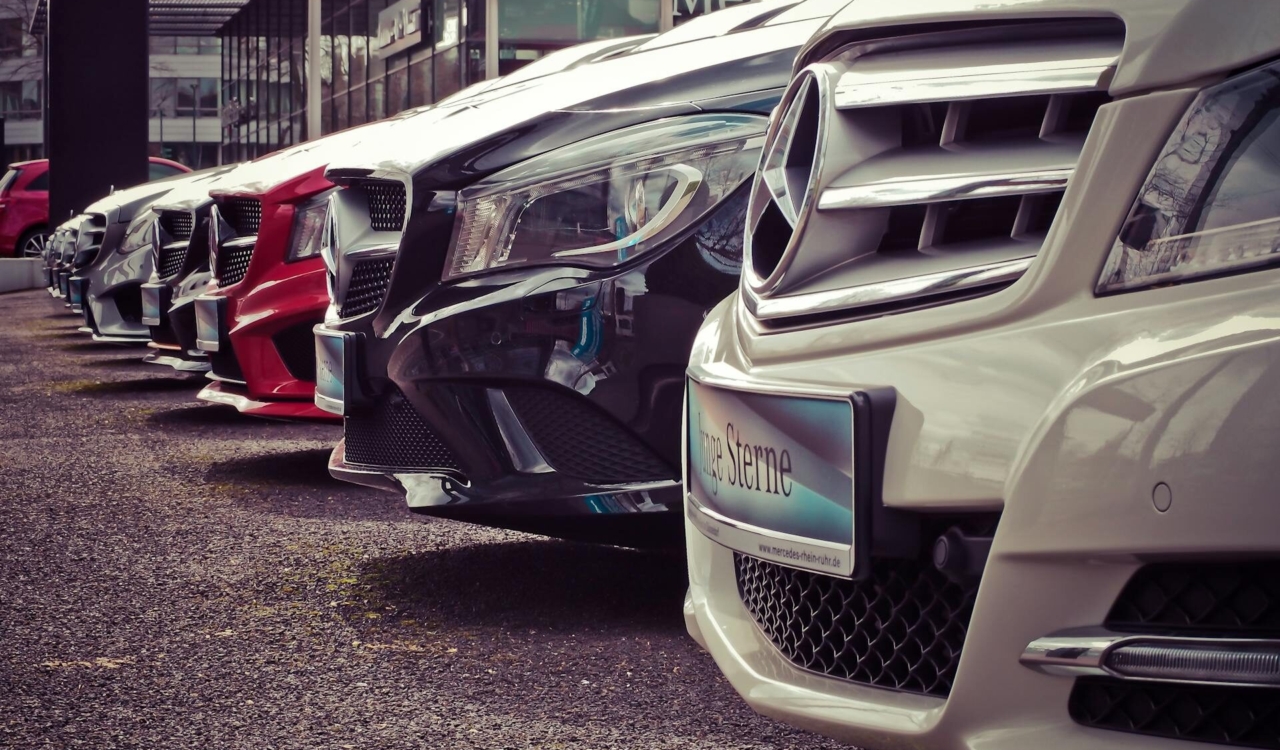Introduction
Electric vehicles (EVs) have transformed transportation by making it cleaner and more cost-effective. Tesla and Nissan Leaf are two of the most popular models, each offering distinct advantages. Tesla is known for high performance and advanced technology, while the Nissan Leaf focuses on affordability and practicality. One common question for prospective EV buyers is: “How much does it cost to charge these vehicles?” Charging costs depend on battery size, electricity rates, and charging frequency. Comparing Tesla and Nissan Leaf models provides a realistic cost expectation.
Important Factors That Affect Charging Costs
Charging costs are influenced primarily by battery size and electricity rates.
| Factor | Tesla (varies by model) | Nissan Leaf |
|---|---|---|
| Battery Size | ~50 kWh to 100+ kWh | 40–62 kWh |
| Home Electricity Rate | $0.13–$0.15 per kWh (U.S. avg) | $0.13–$0.15 per kWh |
| Public/Supercharging | $0.25–$0.40+ per kWh | $0.25–$0.40+ per kWh |
Larger batteries require more electricity but provide longer driving ranges.
Example Charging Costs
Using an average residential rate of $0.15/kWh, full charging costs are:
| Model | Battery Size (kWh) | Home Charging Cost |
|---|---|---|
| Tesla Model 3 (base) | ~54 kWh | ~$8.10 |
| Tesla Model S (long range) | ~100 kWh | ~$15.00 |
| Nissan Leaf (standard) | 40 kWh | ~$6.00 |
| Nissan Leaf (extended) | 62 kWh | ~$9.30 |
Monthly Estimate (Daily Full Charging)
- Tesla Model 3: ~$243
- Nissan Leaf (62 kWh): ~$279
Note: Most drivers partially charge their EVs nightly, making real-world costs lower. Many utilities also offer off-peak rates.
Charging Habits and Savings
- Partial Charging: Most drivers top off their EVs, lowering session costs.
- Time-of-Use Rates: Nighttime or off-peak charging can save 20–40%.
- Public Charging: Convenient but often 2–3x more expensive than home charging.
Beyond Charging Costs
| Factor | Tesla | Nissan Leaf |
|---|---|---|
| Purchase Price | Higher upfront cost | Affordable entry point |
| Maintenance | Lower than gas cars; premium parts/insurance higher | Very low; reliable |
| Battery Lifespan | 8–10 years (warranty available) | 8–10 years (warranty available) |
| Range | 270–400+ miles | 149–212 miles |
Conclusion
Charging costs for Tesla and Nissan Leaf are similar per kWh. At home, a Leaf costs $6–$9 per full charge, while a Tesla costs $8–$15. Tesla offers longer range, advanced technology, and higher performance, whereas the Leaf is more affordable. Both vehicles save significantly on fuel and maintenance compared to gas-powered cars. The best EV depends on driving habits, budget, and preferences for performance or practicality.
Frequently Asked Questions
What is the average cost of charging a Tesla?
Home charging typically costs $6–$15 depending on the model. Public Superchargers may cost $0.25–$0.40 per kWh.
How much does it cost to charge a Nissan Leaf?
Home charging costs $3–$9 depending on battery size. Public charging is often higher.
Which is cheaper to charge: Tesla or Nissan Leaf?
The Leaf is generally cheaper to charge due to its smaller battery, but offers shorter driving range than most Teslas.
Is charging at home cheaper than public charging?
Yes. Residential rates average $0.13–$0.15 per kWh, while public chargers often cost $0.25–$0.40+ per kWh.
Do EVs save money compared to gasoline cars?
Yes. Electricity costs per mile are lower, and EVs require less maintenance due to fewer moving parts.
How long do Tesla and Nissan Leaf batteries last?
Both last 8–10 years on average, with warranties. Avoiding frequent deep discharges helps maintain battery health.
Updated by Albert Fang
Source Citation References:
+ Inspo
There are no additional citations or references to note for this article at this time.

